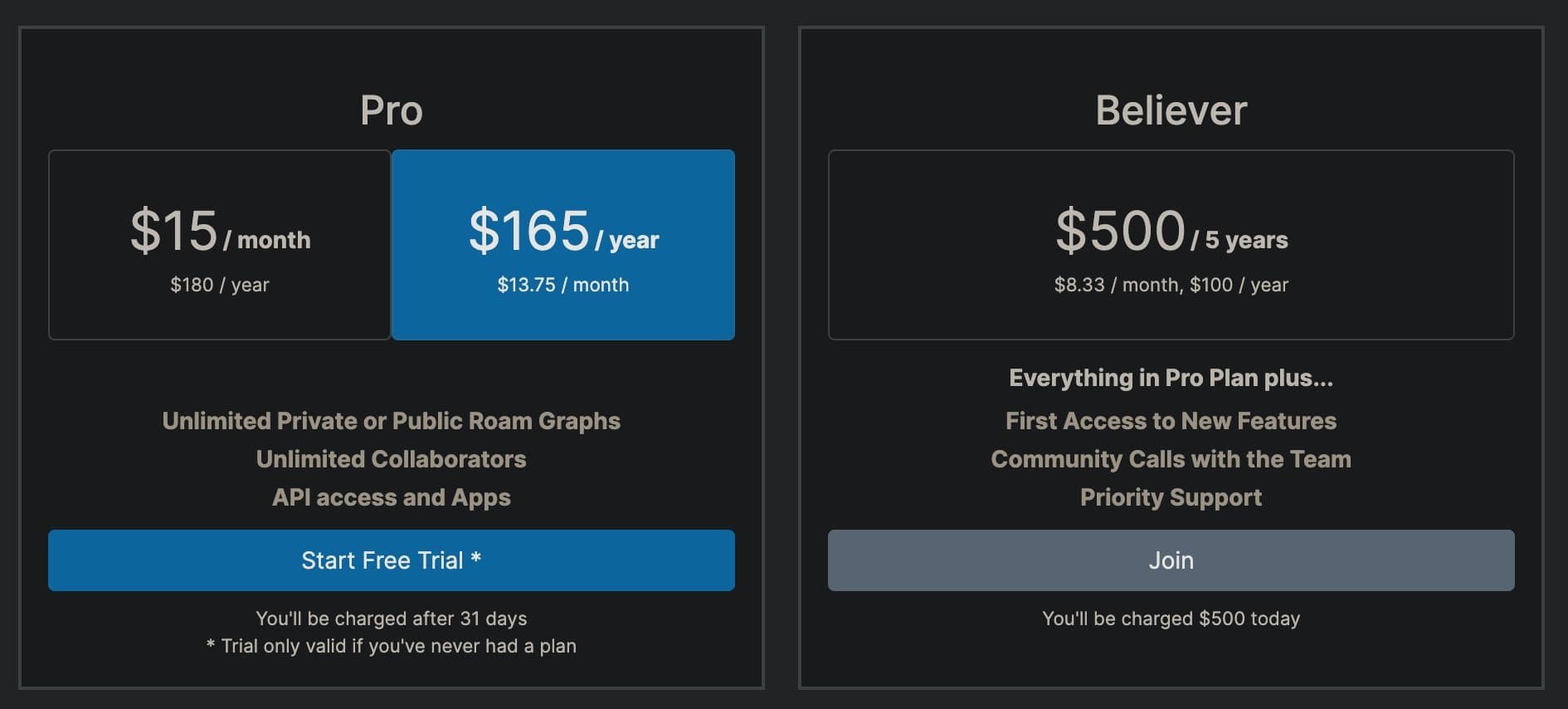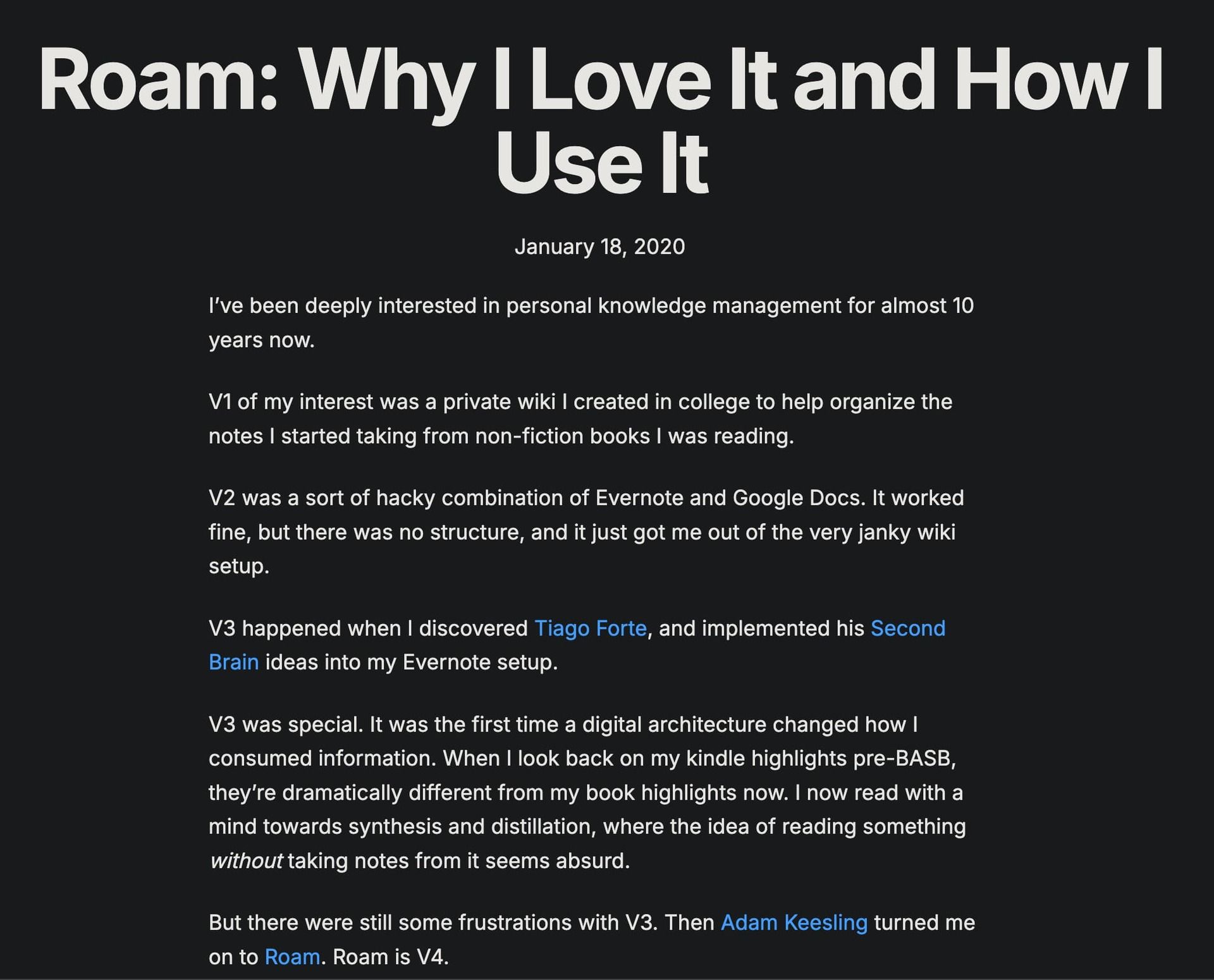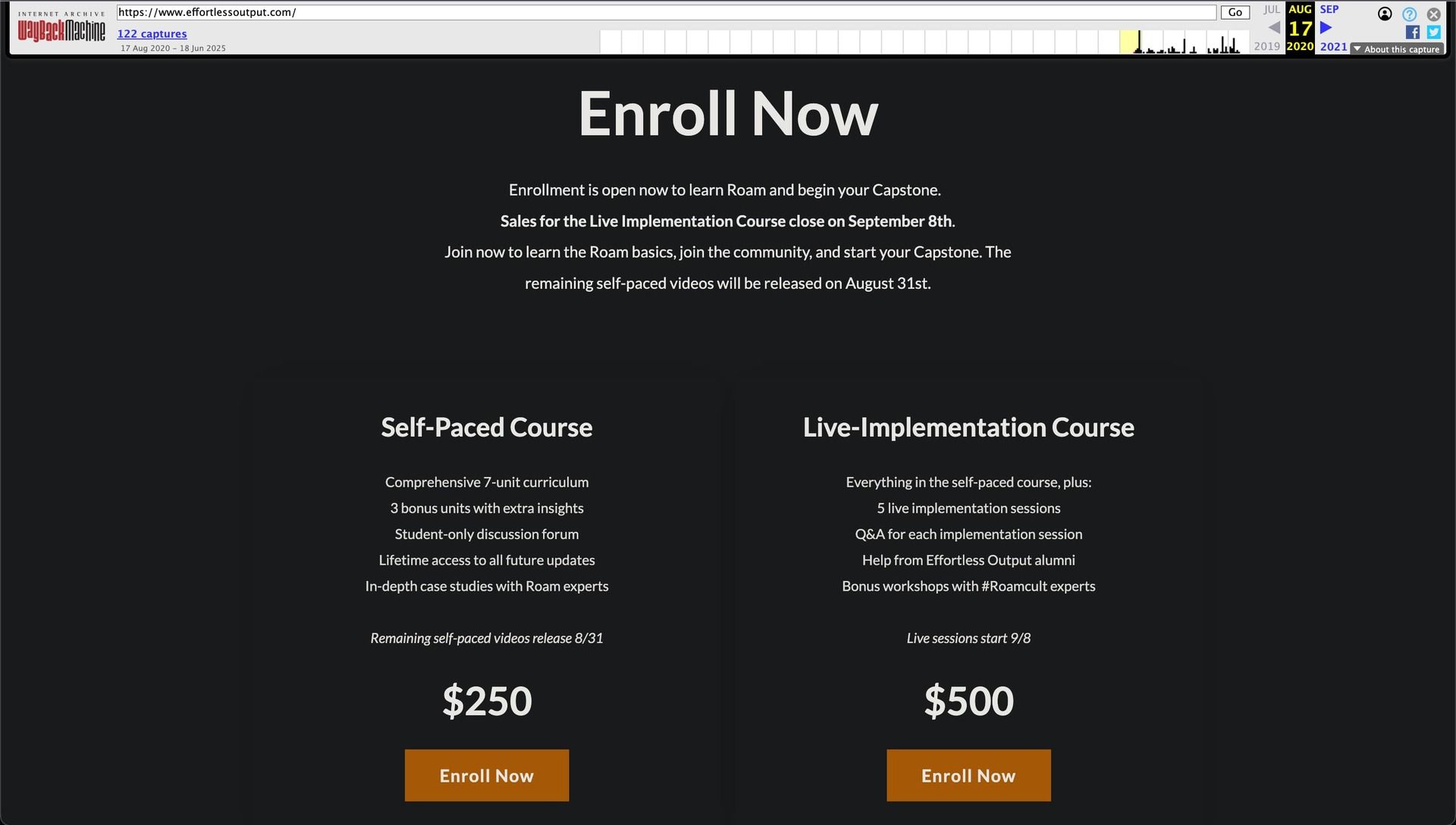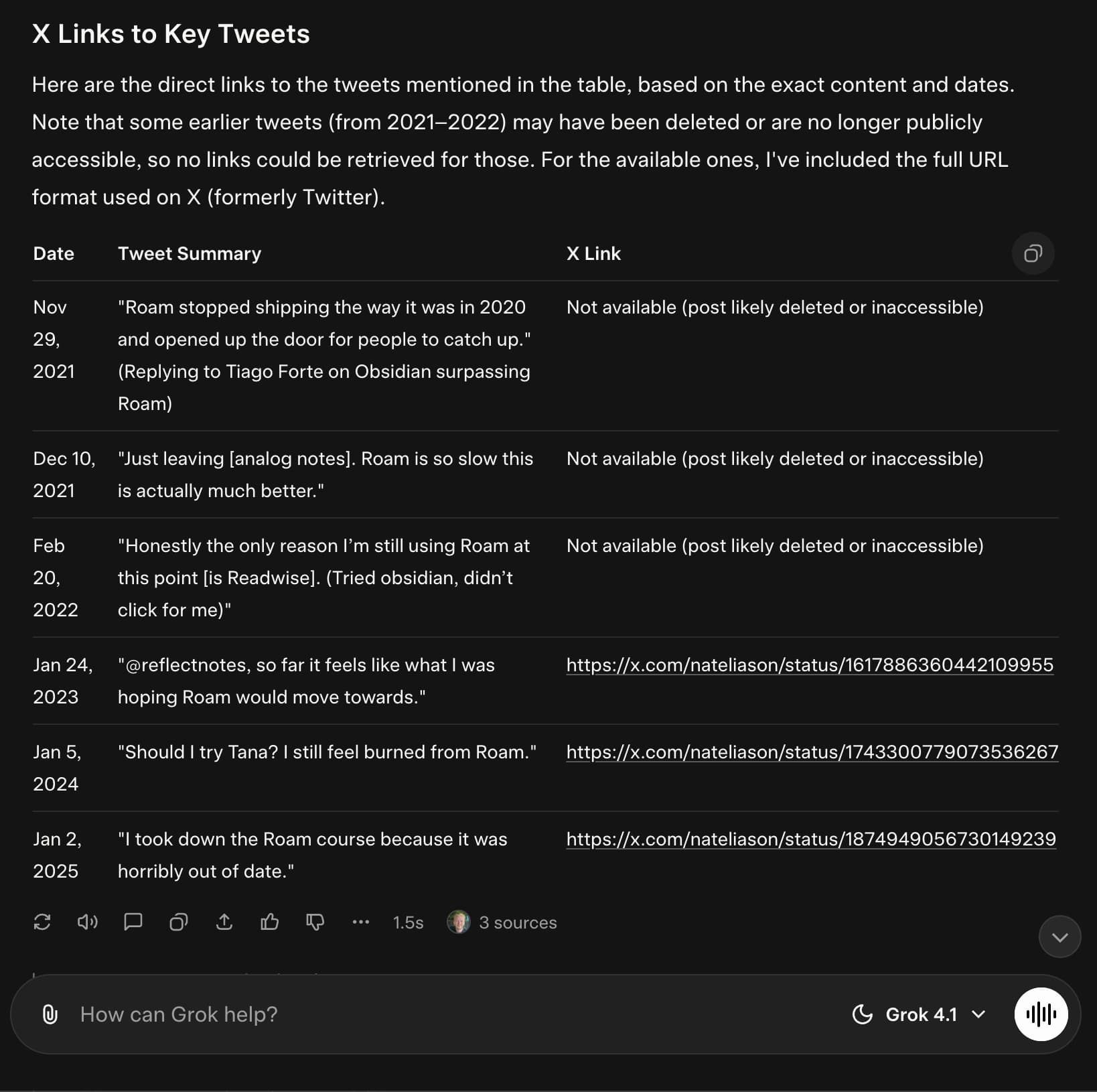- Startup Spells 🪄
- Posts
- How Roam Research hacked upfront LTV for SaaS
How Roam Research hacked upfront LTV for SaaS
PLUS: 10+ Signs of a Mediocre Hire
How Roam Research hacked upfront LTV for SaaS
Roam Research mastered collecting upfront LTV for their SaaS when they introduced their audacious "Believer" plan, charging users $500 for a five-year commitment.
This brilliant pricing strategy collects revenue immediately from users who are excited about the product today, even if they abandon it long before the five years are up.

Upfront LTV for SaaS - Roam Research Believer Plan
The Economics of Excitement
Low operational costs: As a basic note-taking app storing text, Roam's infrastructure costs are minimal. With cheap cloud storage options like Cloudflare R2 (no egress fees), the economics are incredibly favorable.
Psychological framing: $500 for 5 years ($100/year equivalent) sounds more reasonable than a $250 lifetime plan, despite collecting more money upfront. The time-bound commitment paradoxically makes the price feel justified.
User behavior reality: Most customers who buy 5-year plans rarely use them consistently. They're buying based on excitement and possibility, not sustained usage.
Possible lock-in: Since you have already paid for the product for 5 years, you are less likely to switch to a competitor.
The Irony of Nat Eliason's Roam Research Course
The perfect example of this phenomenon is Nat Eliason, who loved Roam enough to create Effortless Output, a comprehensive Roam Research course.

Nat Eliason blog post about Roam
He made millions selling the course at $250-$500 initially to over 4,400 students (~$1M+ in revenue).

Original Effortless Output pricing
But here's where it gets interesting. Nat stopped using Roam himself. A search on Grok reveals deleted tweets expressing frustration and switching to alternatives.

Grok search results showing deleted tweets
Yet he still sells the course at $99, despite no longer using the tool he teaches.

Updated course pricing showing 4,400 students
The irony is profound: the course creator who profited most from Roam's ecosystem abandoned the product while continuing to profit from teaching it.
Death by Obsidian: How Feature Cloning Killed the Momentum
Roam was hot in 2020. Everyone was excited about bidirectional linking.
Then its core feature got copied by Obsidian and Notion. With no moat and alternatives available, the product lost momentum.
But those upfront Believer plan sales were already collected.
Building a Financial Cushion Against Future Churn
For bootstrapped founders without VC funding, the Believer plan provides immediate cash flow for development, reduced pressure to constantly monetize, and cushion against user churn (already paid).
Roam likely collected $5-10M (even more) from this strategy alone.
If your costs are low and your product generates intense short-term enthusiasm, an expensive multi-year plan can be a goldmine. Whether users stick around or not. And it’s a smart hack to reduce churn and locking-in customers.
Top Tweets of the day
1/
Best way to find customers for your SaaS.
Comment on older threads and use alternative accounts to make them reach the top.
2/
This went hella viral. It's at jmail.world
Use the present moment (Epstein Files) and make it accessible in a known interface/format (Gmail) and since the files are mostly emails, it makes sense to use Gmail Threads for ease of accessibility.
Perfect idea for SaaS related to email like Superhuman, Spark, Hey, etc... as its in the same niche.
Obviously, you need to use right wording when creating a resource around a tragedy and yes, some people won't want to monetize it but a tiny little backlink at the bottom won't do any harm.
You can also use the same principle for other leaks like putting @TechEmails for example.
3/
My tier-list for Writing AI Tools:
Spiral
Claude Sonnet 4.5 / DeepSeek R1 / Gemini 3
ChatGPT 4o / Kimi K2
Rest of them
Note that you need to be careful with the wording for every LLM in a different way so what works with one may not work with another without change so it's hard to swap models in writing since writing is mostly subjective.
Anthropic did feed Claude with proper writing books as it produces better content and like I said, Spiral was trained properly with specific data plus good/bad examples with a nice judge.
Rabbit Holes
What’d ya think of today’s newsletter? Hit ‘reply’ and let me know.
Do me a favor and share it in your company's Slack #marketing channel.
First time? Subscribe.
Follow me on X.
More Startup Spells 🪄
FireCrawl's Credit-for-Follows Onboarding Strategy (LINK)
Spot Viral TikTok Angles without knowing the niche: How 2 non-creators got 7M+ Views (LINK)
Reverse-Engineering Business Model of Newsletters (LINK)
Rosie AI Playbook: How to Source a $1M ARR Idea from YC Startup Directory (LINK)
Sneakily Game Appsumo Customers (LINK)
Reply